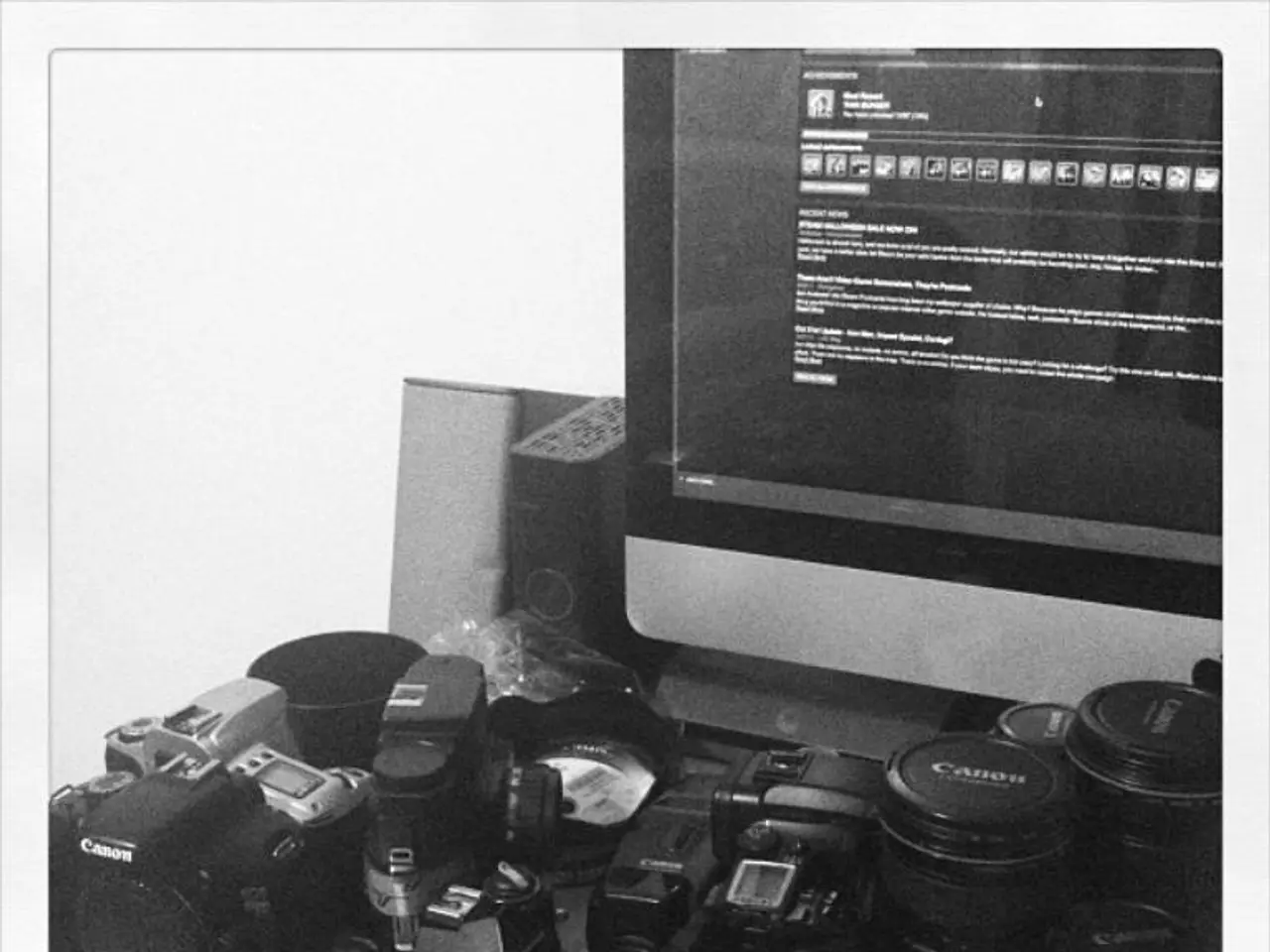Mastering DSLR Astronomy with Siril: Enhancing Detail in Your Stellar Shots via Siril Software
In the world of astrophotography, one crucial step in creating stunning images of the night sky is the process of stacking. This article will guide you through the basic steps of stacking astrophotography data using Siril, a free and open-source astrophotography processing software.
- Organizing Your Files
The first step is to organize your files into a specific folder structure. Create a main folder named after the object or session, and inside it, create four subfolders: 'lights', 'darks', 'flats', and 'biases'. These names are essential as Siril's scripts expect them to be in this format. Copy or move your corresponding raw files into each folder.
- Preprocessing
Use Siril's preprocessing scripts, often Python-based, to batch calibrate the images. These scripts can subtract bias and dark frames, and apply flats. One popular script allows stacking unlimited images and handles mosaics or normal data sets.
- Culling Bad Frames (Optional but Recommended)
Before stacking, evaluate image quality in Siril by looking at parameters like full width half maximum (FWHM), star roundness, background levels, etc. Cull (remove) bad frames to improve the final stack. Siril lets you use scatter plots for culling frames interactively.
- Stacking
With the preprocessed and culled images, use Siril’s stacking tool with default or preferred settings (average stacking with rejection recommended). This compiles all selected images into one stacked result, improving the signal-to-noise ratio.
- Post-Processing
After stacking, adjustments to color or saturation should be made. This includes cropping the stacked image and removing artefacts. Stacking artefacts on the edges of the image were removed by cropping the image.
Remember, naming conventions and folder structure matter for script compatibility. If doing mosaics, avoid processing as a simple FIT sequence file because mosaics need plate solving info, so split images into batches manually.
Siril's stacking script is run by clicking "Scripts > OSC_Preprocessing". The completed stacked file is saved in the working directory with a name like 'result_[number]s.fit'. The main target images are stored in a 'lights' folder, bias frames are in a folder called 'biases', dark frames in 'darks', and flat frames in 'flats'. Only raw files should be present in the working directory to avoid errors.
Lastly, it's recommended to backup data before running a script to avoid file corruption. Happy stacking!
[1] Siril Documentation - https://siril.org/doc/latest/user/index.html [2] Siril User Manual - https://siril.org/doc/latest/user/manual.html [3] Siril Tutorials - https://siril.org/doc/latest/user/tutorials.html
- After organizing your astrophotography files, delve into the realm of technology by utilizing Siril's preprocessing scripts, which are often based on Python, to calibrate and process your images.
- In the realm of science and space-and-astronomy, elevate your astrophotography lifestyle by learning to use Siril's post-processing tools effectively, such as the stacking and adjustment tools, to create stunning final images, imbuing them with improved signal-to-noise ratios.




